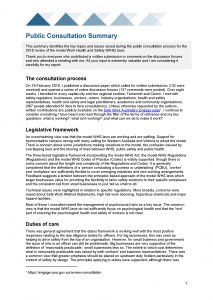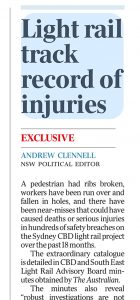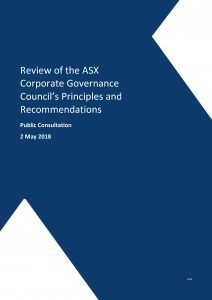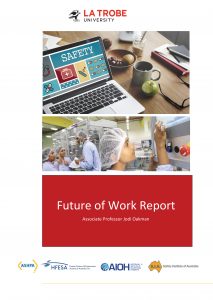 Victoria’s Premier Daniel Andrews announced a State-supported program to install solar panels on an estimation of 65,00 homes if his Labor Party is re-elected this November. This election campaign announcement immediately reminds voters of the last government-sponsored “green” program, the Home Insulation Scheme which, amongst other results, lead to the deaths five workers.
Victoria’s Premier Daniel Andrews announced a State-supported program to install solar panels on an estimation of 65,00 homes if his Labor Party is re-elected this November. This election campaign announcement immediately reminds voters of the last government-sponsored “green” program, the Home Insulation Scheme which, amongst other results, lead to the deaths five workers.
Unsurprisingly,

 The Independent
The Independent  It is always good to see researchers assessing issues related to workplace health and safety rather than relying on overseas data. Recently researchers from the Australian Catholic University and St Vincent’s Hospital in Melbourne looked into “measuring the effectiveness of workplace health management programs” . The research adds to our understanding of these programs but the relevance to occupational health and safety (OHS) is limited.
It is always good to see researchers assessing issues related to workplace health and safety rather than relying on overseas data. Recently researchers from the Australian Catholic University and St Vincent’s Hospital in Melbourne looked into “measuring the effectiveness of workplace health management programs” . The research adds to our understanding of these programs but the relevance to occupational health and safety (OHS) is limited.

